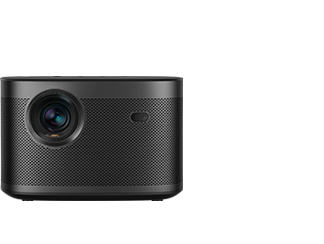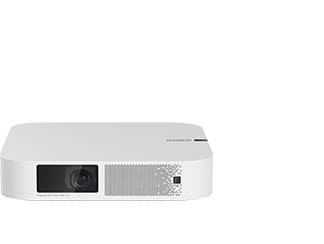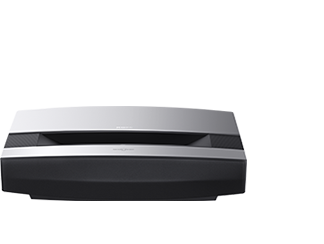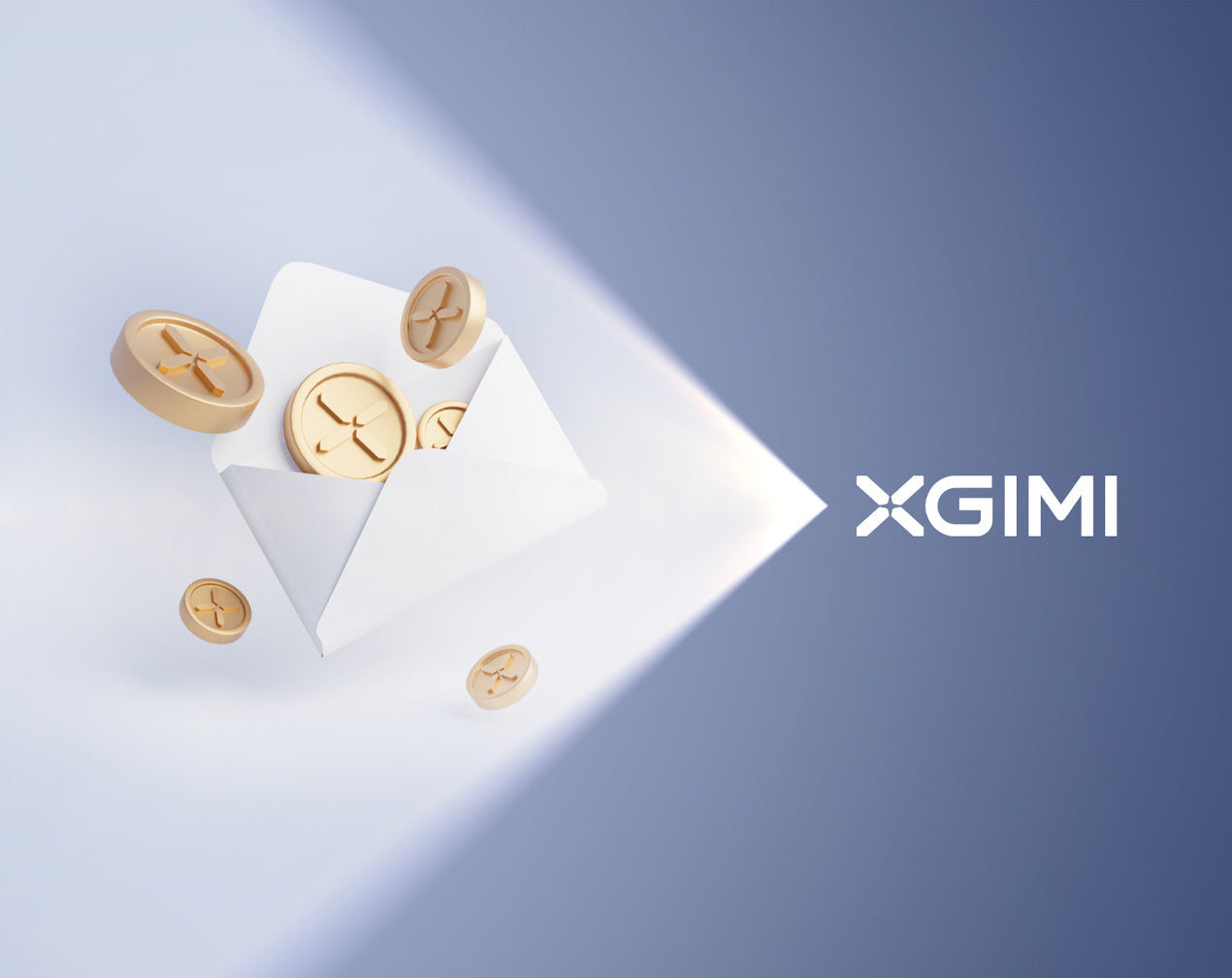Definition of Optical Zoom in Projectors
By XGIMI Tech - 2024-4
How Does Projector Zoom
Here are two types of zooming in a projector. One is optical zoom, another is digital zoom. There are many differences between them. Put simply, the optical zoom is zooming with a physical method and the digital zoom is zooming with software or applications.

Optical Zoom
Optical zoom utilizes the principles in optical imaging to achieve zoom and is therefore also known as optical zoom. Digital video cameras basically rely on optical zoom to achieve focus. This is mainly because of the structure of the optical lens changes, that is, through the camera inside the optical lens to realize the position of the camera after the movement of the scene to capture the image of the magnification and reduction, when the image plane in the lens, the object and the focal point of the horizontal direction between the movement, the angle of view and the focal length will change accordingly, and the lens according to this change in the zoom to make the farther away from the scene to become clear, which is the optical zoom. The greater the optical zoom, the farther the lens is able to see.
The projector and camera optical zoom principle are the same, through the physical displacement of the lens element to realize the zoom. But they zoom for different purposes; the camera zooms in to act on the object, cropping the picture by zooming in and out. The projector uses optical zoom to succeed if the projector does not move the projector's position without losing picture quality to enlarge the projected image.
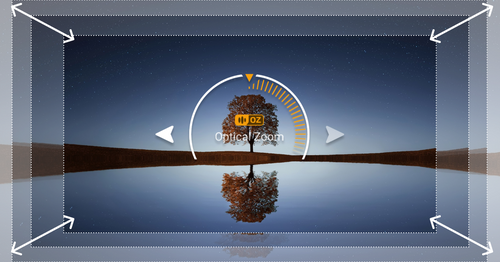
Advantages of Optical Zoom
Optical zoom-in projectors offer several advantages, enhancing flexibility and performance in various scenarios. Here are some key advantages:
● Variable Magnification: Optical zoom allows users to adjust the size of the projected image without compromising image quality. This flexibility is particularly useful in environments where the distance between the projector and the screen is variable.
● Maintained Image Quality: Unlike digital zoom, which enlarges the pixels in the image and may result in a loss of image quality, optical zoom maintains image clarity throughout the zooming process. This is because optical zoom physically adjusts the lens elements to alter the focal length.
● Better Control Over Projection Size: Optical zoom gives users precise control over the size of the projected image, enabling them to match the content to the audience size and viewing conditions. This is beneficial in various settings, such as conference rooms, classrooms, or large auditoriums.
● Improved Flexibility in Setup: When setting up a projector in different locations or for various purposes, optical zoom provides the convenience of adjusting the image size without the need for extensive recalibration or repositioning of the projector.
XGIMI HORIZON Ultra is one of the most valuable optical zoom projectors with fully automatic optical zoom, and lossless picture scaling. It also has 4K with Dolby Vision and 2300 ISO Lumens brightness.
You can easily set up XGIMI HORIZON Ultra watching a favorite movie at home immersively with a super large screen.

In summary, optical zoom-in projectors offer advantages in terms of flexibility, image quality, and ease of use, making them a valuable feature for users who require adaptability in various presentation or entertainment settings.
Projector Recommendations
Just Play, Your Way
Google TV Smart 1080p Projector On-the-Go

Mini Size,
Maximum Entertainment

Mini Remote Control
People Also Read
Digital vs Optical Zoom for Projectors
What Is XGIMI's Dual Light Technology?
Choosing A Home Theater Projector that Suits Your Needs
Enjoy $50 off Your Next Purchase
Be the first to know about any news and sales!
*By subscribing, you agree to receive XGIMI's marketing emails and XGIMI's Privacy Policy.




